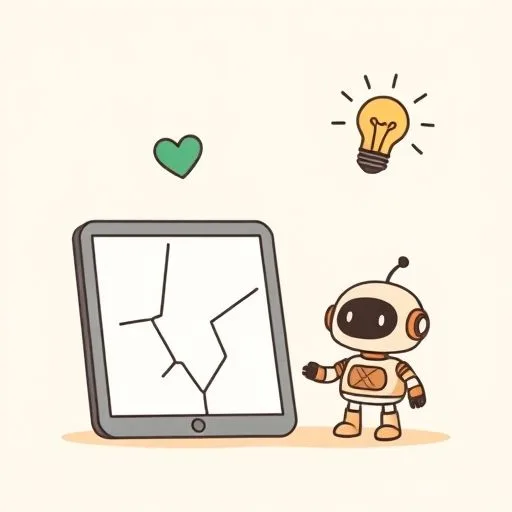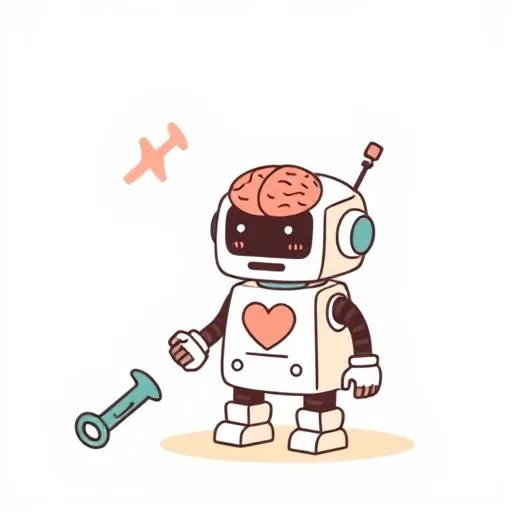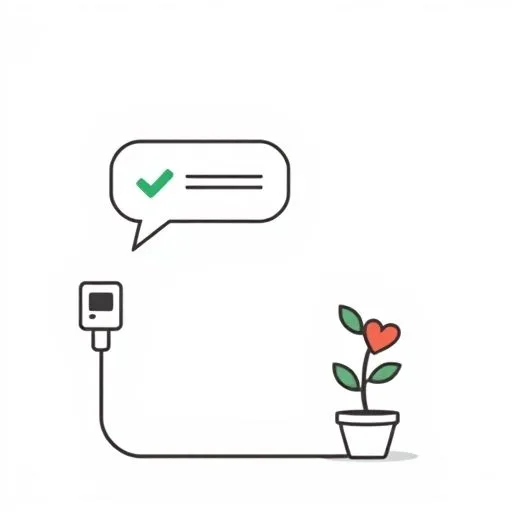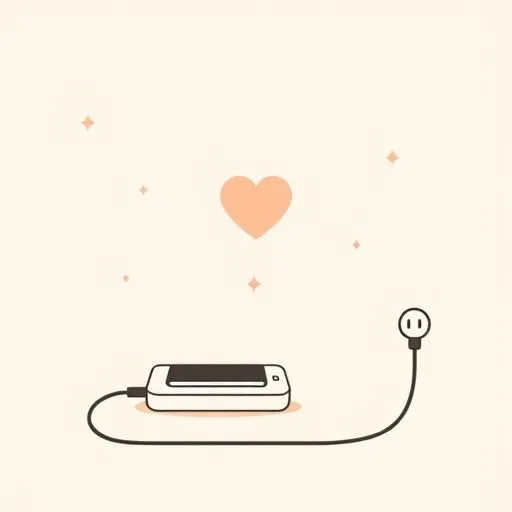
The strongest hearts aren’t those that never break – they’re the ones that learn to mend themselves
You remember that evening last week? When the tablet froze mid-game, and our little one’s face crumpled like a discarded drawing. I watched from the doorway as you waited – not rushing to fix it, not dismissive of the frustration – just present. ‘It’s okay to feel stuck sometimes,’ you murmured, your hand resting lightly on that small, heaving back. And right there, in the glow of that broken screen, I saw the most important operating system we’re installing: emotional resilience.
We’ve all felt it, haven’t we? That quiet panic when the WiFi drops during homework time, or when they prefer YouTube tutorials to our bedtime stories. But here’s what my partner’s shown me: our kids aren’t growing up with technology – they’re growing through it. The real challenge isn’t shielding them from digital waves, but teaching them to swim in any sea.
The Crash That Teaches Resilience

There’s magic in malfunction. Like when the robot kit you saved months for sputtered its last beep, and instead of swooping in with replacement batteries, you asked: ‘What do you think it needs?’ I’ll never forget how our child’s tears turned into tools – dismantling, examining, problem-solving. Isn’t that the kind of update that really counts?
Parenting in this swipe-right world often feels like assembling furniture with instructions that change daily. But through the dropped connections and failed downloads, our kids are learning the oldest human skill: adaptation. Digital natives, yes – but we’re helping them become emotional pioneers too. The moment you hand back a paused device with a simple ‘Show me how you’d solve this?’ becomes their first line of code in resilience programming.
Buffering Emotions in Real Time

Remember rainy Saturdays before streaming? How we’d stare out windows, inventing worlds from nothing? Today’s kids face a different emptiness – the kind that appears when screens go dark. That’s when your ‘boredom banquets’ shine: no devices, just cardboard boxes and sideways glances that slowly blossom into ‘What if we build a…’
And it’s not just instinct—neuroscience backs it up: those unplugged pauses aren’t empty space – they’re resilience incubators. When we resist filling every digital silence, we’re not depriving them; we’re depositing creativity currency. It’s the difference between handing them prepackaged entertainment and teaching them to mint their own joy. And isn’t that the ultimate antivirus against life’s glitches?
Error Messages Are Progress Reports

Here’s the parental hack my partner mastered: reframing frustration as data. That time the coding app kept rejecting commands? Instead of fixing it, you narrated: ‘Looks like we’ve got an interesting problem here.’ Suddenly, tears became clues. Isn’t that how emotional strength gets coded – not by avoiding bugs, but by learning to debug?
We’ve all witnessed the digital literacy gap – how kids often know the ‘how’ while we hold the ‘why.’ But true resilience blooms when we merge both. Like when explaining why we delay social media access: ‘Your heart’s still updating its security settings.’ It’s not about sheltering them from failure, but making home their safest place to practice recovering. After all, the best firewalls aren’t imposed – they’re built from within.
The Charging Station That Never Unplugs

The most powerful tool we’re giving them? The knowledge that behind every blinking cursor is a human who can choose to log off, look up, and reconnect with what makes us fundamentally unbreakable.
Tech evolves, but the human heart still runs on ancient software – connection. Your Friday ritual proves it: devices in the basket, palms upturned for thumb wars instead of thumb scrolls. In those analog hours, resilience gets its quiet updates through laughter that doesn’t need filters and conversations that buffer nothing.
Digital resilience isn’t measured in screen-time minutes but in the strength of their emotional reboot button. When you model posting a video with a simple ‘Well, that didn’t go as planned!’—turning the error into a shared moment, not a source of shame, you’re teaching recovery speed. When we share our own tech frustrations openly, we show that even adults’ systems crash sometimes – and what matters is the restart.
And isn’t that the greatest download of all? That our children are learning to build their own emotional infrastructure that no system crash can truly break?
